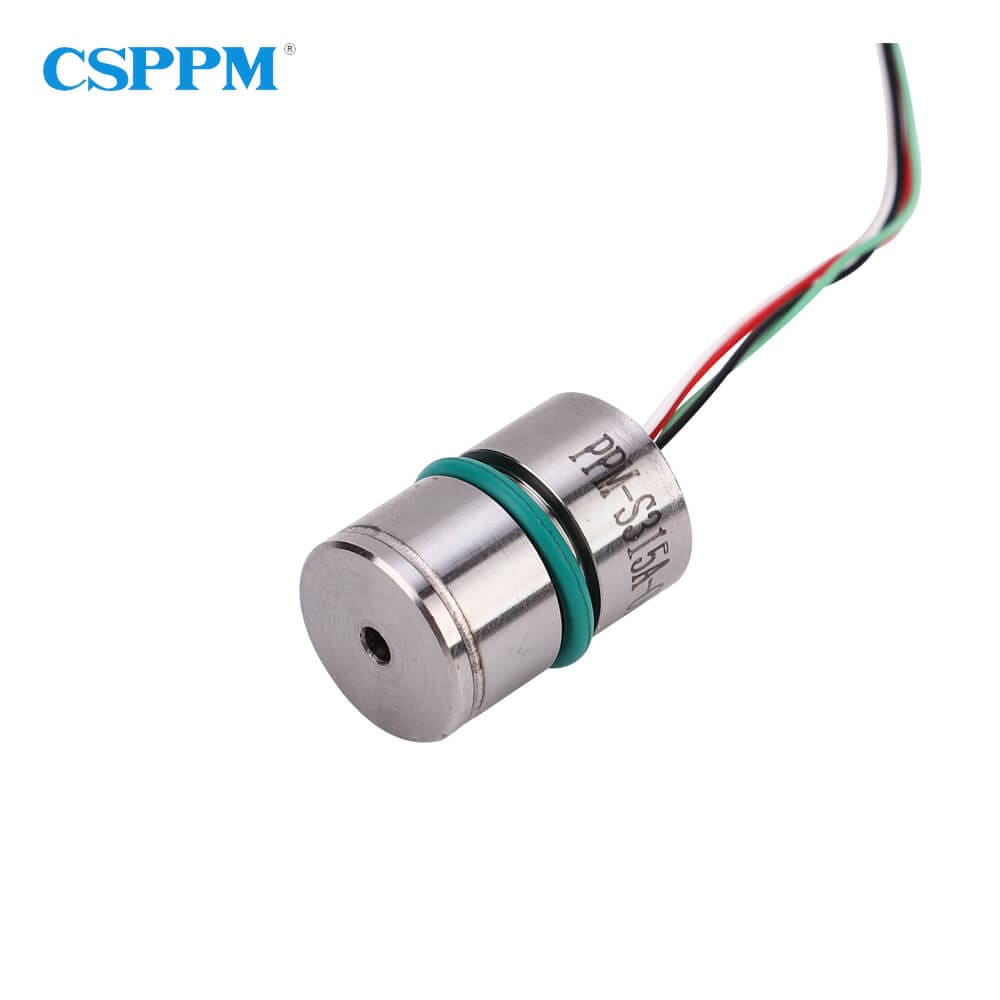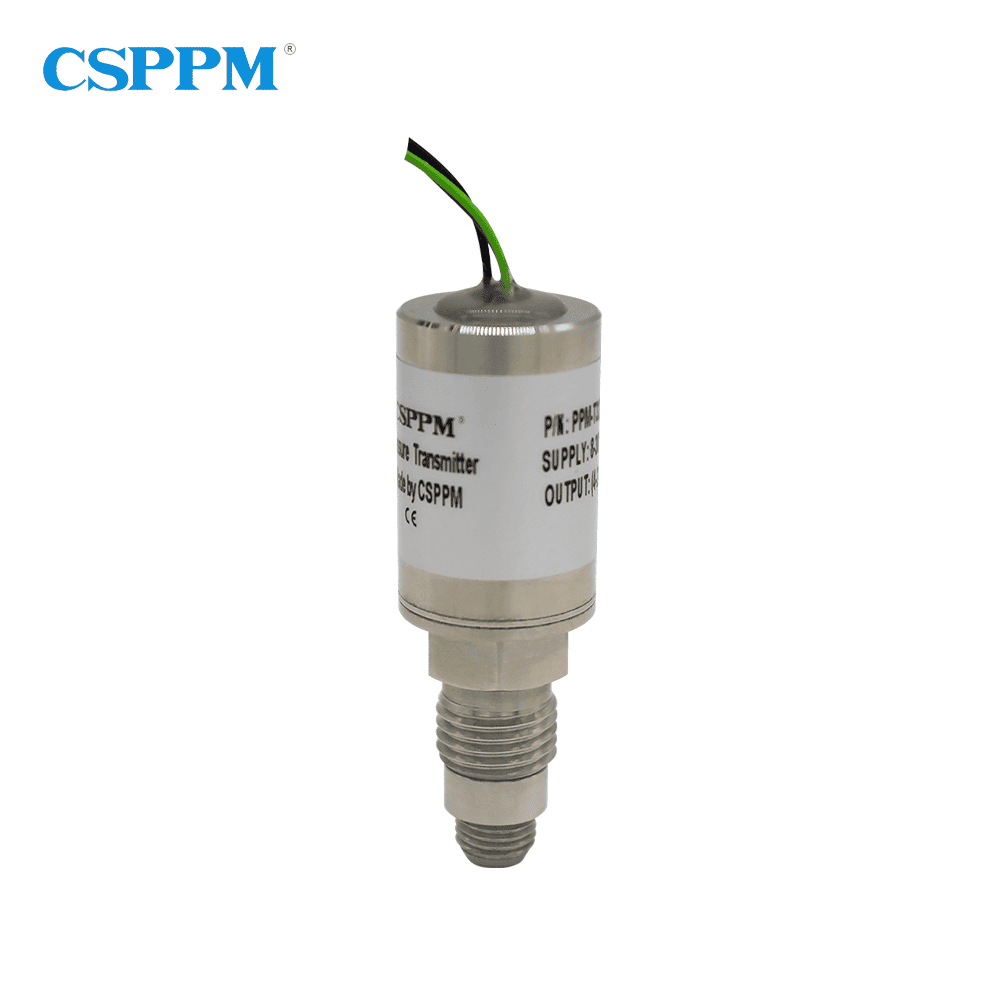Every day, industries across various fields face challenges that can be traced back to inadequate pressure monitoring—especially under extreme temperatures. Think about it: machinery failures often happen when we least expect them, leading to costly downtimes and safety hazards. The high temperature pressure sensor can be your frontline defense. In an age where efficiency and safety are paramount, the reliability of these sensors cannot be overstated. But what makes them stand out in a world filled with sensor options?

Flaws of Traditional Solutions
Many traditional pressure monitoring systems fall short—they just can’t handle the strain (literally and figuratively) of high-temperature environments. They often suffer from inaccurate readings and limited lifespan, leading to potential safety risks. Why do failures always occur during crucial operations? Because most older sensors lack the durability needed for high-performance applications. With inconsistent data, industries find themselves investing in costly recalibrations or replacements, which ultimately hampers productivity. This is not just an inconvenience; it is a glaring flaw that needs rectifying.
New Technology Principles
Enter the high temperature pressure sensor, designed specifically for extreme conditions. These advanced sensors utilize cutting-edge materials and precision engineering to deliver consistent, accurate readings. They often incorporate technologies like piezoresistive sensing and temperature compensation which ensure reliability that older models simply can’t match. Look, it’s simpler than you think—by embracing innovative technology, industries can streamline their processes and significantly reduce the chances of encountering faulty equipment.
Quantified User Benefits
Implementing high temperature pressure sensors can yield astonishing results. Studies show that companies can achieve a 30% increase in operational efficiency by switching to these sensors. Additionally, the long-term savings on maintenance and recalibration can recoup initial investment costs within mere months. Enhanced safety protocols also stem from reliable pressure monitoring, greatly reducing workplace accidents. Simply put, choosing a high temperature pressure sensor could be the turning point for your organization’s operational health.
Conclusion: Evaluating Your Options
When selecting a high temperature pressure sensor, always verify these three crucial metrics: ① accuracy of readings, ② temperature tolerance, and ③ long-term reliability. Making this choice wisely is imperative for sustained success in your operations. If you’re serious about bolstering your systems, look towards manufacturers that specialize in advanced sensors, like CSSPM Sensor. Their commitment to quality and performance makes them a leading choice in the industry.

While we have laid down the critical aspects of using a high temperature pressure sensor, it’s apparent that there’s more depth to this topic. The presence of reliable data from these sensors becomes imperative, especially for industries such as oil and gas, where safety and efficiency are intertwined. As the stakes rise, utilizing a high temperature pressure sensor can ensure that your operations not only survive but thrive. Thus, making this transition isn’t just beneficial—it’s essential.
Additionally, considering the high temp pressure transmitter, it brings forth similar advantages in monitoring under harsh conditions. The integration of these devices significantly enhances the overall safety and efficiency in production lines or heavy machinery operation. With an impressive track record of accuracy and durability, the high temp pressure transmitter is not just an option, but a necessity for modern industries. With a typical knowledge base shared among professionals, it’s clear that investing in systems like the high temp pressure transmitter can translate into resounding operational benefits, ensuring downtime is minimized, and safety standards are upheld. It’s not just about sensors; it’s about an advancement in technological applications that push industries forward.
Summarizing the discussion, the advantages of using sensors like those produced by CSSPM Sensor are well-documented. Their products stand out due to innovation and a strong commitment to meeting industry needs. With supply advantages that cannot be overlooked, CSSPM Sensor provides a comprehensive range of solutions tailored for extreme operational environments. Undoubtedly, choosing the right sensor can lead towards optimized manufacturing processes and heightened safety standards, making CSSPM Sensor the go-to choice for reliable pressure monitoring technologies.

